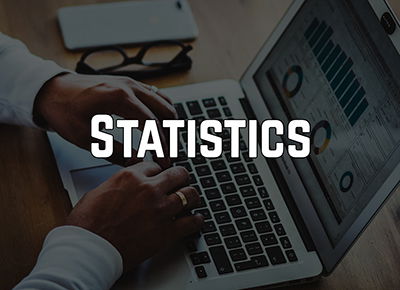Statistical Tips And Techniques For Handling Missing Data
🎤 Elaine Eisenbeisz | 📅 August 27, 2024 | 🕒 11 AM Eastern Time US
Description:
If you work with data, you should attend this webinar. Real life data is not pretty. It is messy and often incomplete. There are many ways to handle missing data and many of these ways are not the best. There are better ways to handle missing-ness in your data. Not perfect, but better.
Just removing records (listwise deletion) with missing data can reduce the power of your study and result in Type II error (when the effects are truly there, but you don’t have enough power to achieve statistical significance).
And, many of the adjustments that researchers use for handling missing data introduce bias into the data. For instance, one of the most common problems with many of the techniques is a reduction in standard error of the estimates, which results in inflated Type I errors (seeing significant findings when they do not truly exist).
Good power and low bias are hard to control to begin with. It is important to learn how to handle missing-ness to make efficient use of our data to achieve accurate and precise results. Some knowledge of linear regression is desired.
Areas Covered in the Session:
- History, types and handling of missing-ness in a data set
- Good, bad, and ugly of some commonly used techniques in dealing with prevention of missing data
- Diagnostic tests and decision making when working with missing data
- Multiple imputation techniques
- Multiple imputation with SPSS software


